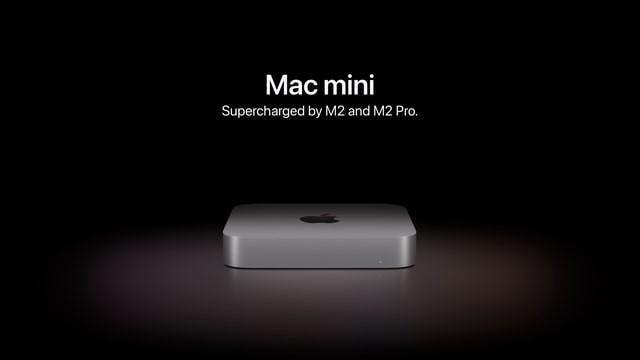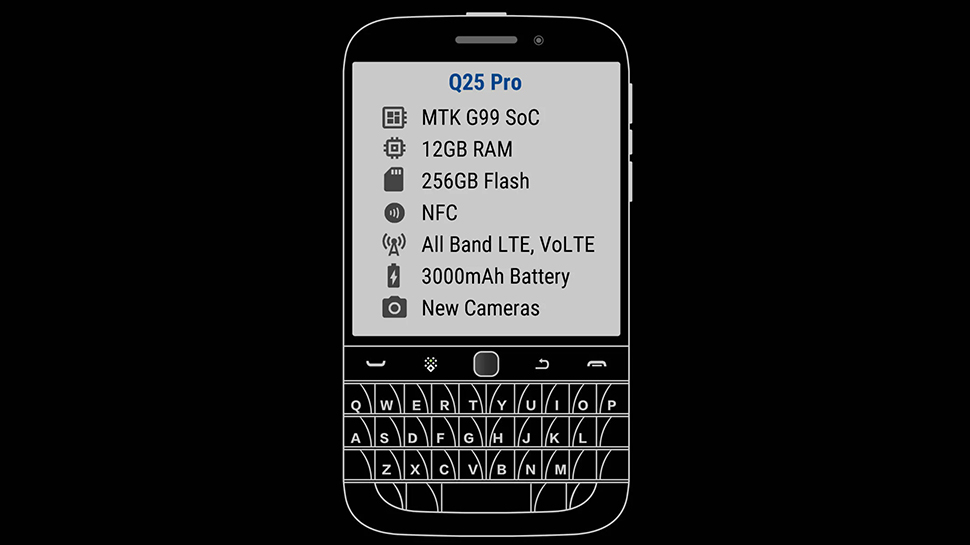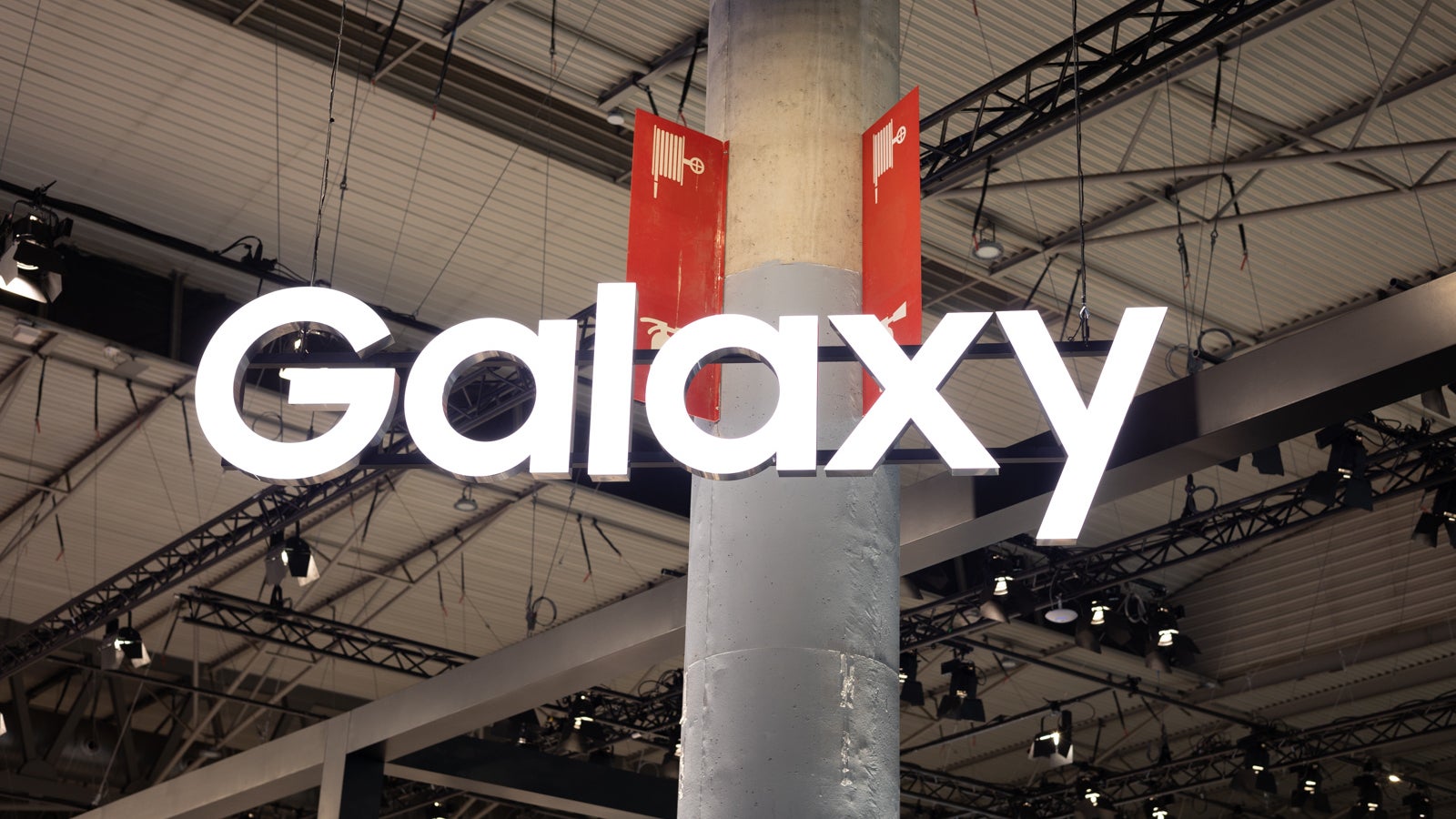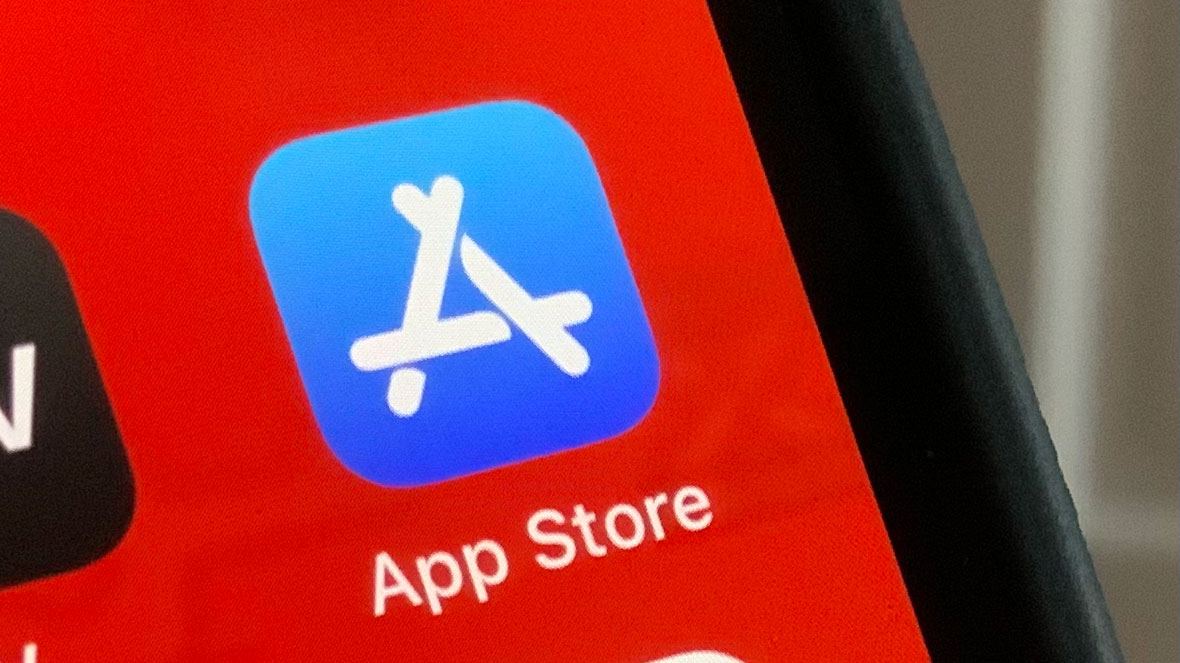Fresh produce with your package: Amazon testing tighter grocery bundling for same-day deliveries
Amazon is making a more concerted effort to get customers buying groceries online as they shop on the tech giant’s main shopping storefront. I’ve noticed this lately after loading up my online cart on Amazon.com and clicking “proceed to checkout.” Instead of taking me to checkout, Amazon shows me a page with more than 100 grocery items that can be delivered same-day. Most of the items I saw were fresh produce or meat, with some packaged foods. I tested this out a few days ago — adding some apples, cucumbers, and blueberries to my online cart that already included a… Read More


Amazon is making a more concerted effort to get customers buying groceries online as they shop on the tech giant’s main shopping storefront.
I’ve noticed this lately after loading up my online cart on Amazon.com and clicking “proceed to checkout.”
Instead of taking me to checkout, Amazon shows me a page with more than 100 grocery items that can be delivered same-day.
Most of the items I saw were fresh produce or meat, with some packaged foods.

I tested this out a few days ago — adding some apples, cucumbers, and blueberries to my online cart that already included a micro SD memory card and dishwasher detergent.
After ordering late one evening, everything arrived at my Seattle doorstep the next morning — non-grocery items in one package, groceries an hour later.
“We are currently iterating on new experiences that make it easier for customers to shop for fresh groceries alongside the millions of items available for same-day delivery,” Amazon said in a statement to GeekWire.
Amazon said in October that it was running a trial in Phoenix that let customers bundle perishable items with other Amazon.com products for same-day and overnight delivery.
Amazon CEO Andy Jassy talked about the new initiative during the Q&A portion of Amazon’s shareholders meeting last month:
“We’ve experimented in Phoenix, in Kansas City, in Orlando at this point. And so now, when you’re getting those items that you get same day, you can add perishables, like eggs or milk, or bread, or yogurt. That experience is really resonating with customers. We’re seeing very significant adoption, and I’m optimistic as we roll that out to many more of our same day facilities, that that will lead to more of our customers buying perishables from us.”
Personally I’ve had a hard time keeping track of Amazon’s various grocery delivery services — from Amazon Fresh to Whole Foods to the same-day platform (which was called Prime Now in a previous incarnation).
That’s partly why the tighter integration with the Amazon.com shopping experience caught my attention. It was baked directly into the traditional e-commerce shopping flow, and made everything feel like one process versus buying products off Amazon.com and then making a separate grocery order. There were no extra fees or subscriptions required (I am a Prime member), and everything came within the same delivery window.
I’m surprised it took Amazon so long to roll this out.
But I’m not sure I’ll keep using it. I’m not a big online grocery shopper — I prefer to pick my own produce if possible. The items came inside insulated bags and were somewhat cool on arrival, but the cucumbers had a weird look and weird smell. I ended up throwing them out, and reminded myself why I still like grocery shopping the old fashioned way.
In another sign of grocery-related consolidation at Amazon, the company is reorganizing its grocery unit leadership ranks and bringing Whole Foods corporate staff under Amazon’s employee programs, Business Insider reported this week.
It’s the first big structural change for the company’s grocery arm under new leader Jason Buechel, the CEO of Whole Foods who expanded his role earlier this year to also oversee Amazon’s Worldwide Grocery Stores business.
From the initial launch of Amazon Fresh in 2007 to the $13.7 billion acquisition of Whole Foods in 2017 and beyond, Amazon has had mixed results in grocery.
Over the past few years the company introduced new store formats, closed some stores, paused and restarted expansion, and shifted away from its “Just Walk Out” checkout-free technology in its large format Amazon Fresh stores.
More recently Amazon has launched small format “Daily Shop” Whole Foods stores and an automated micro-fulfillment center co-located within a Whole Foods store.
“I think that the way people buy groceries is going to continue to evolve over time,” Jassy said at the shareholders meeting. “So I continue to be very, very bullish on our grocery business. It’s large today and has a chance to be much larger in the future.”
Amazon said it had more than $100 billion in gross sales of groceries and household essentials in 2024, excluding sales from Whole Foods and Amazon Fresh.
Amazon still has a small slice of the U.S. grocery market, at just 1.4%, with Whole Foods at 1.6%, according to data cited by Business Insider.


















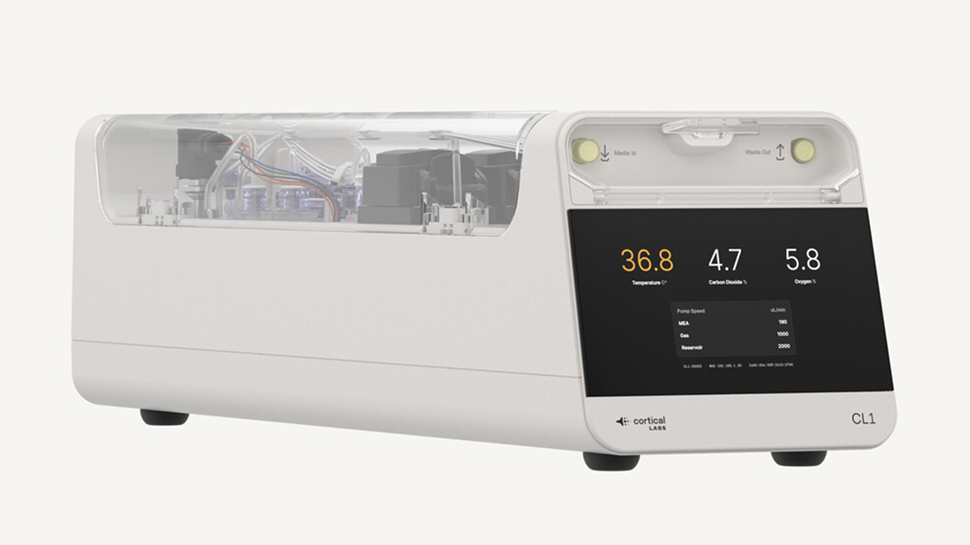

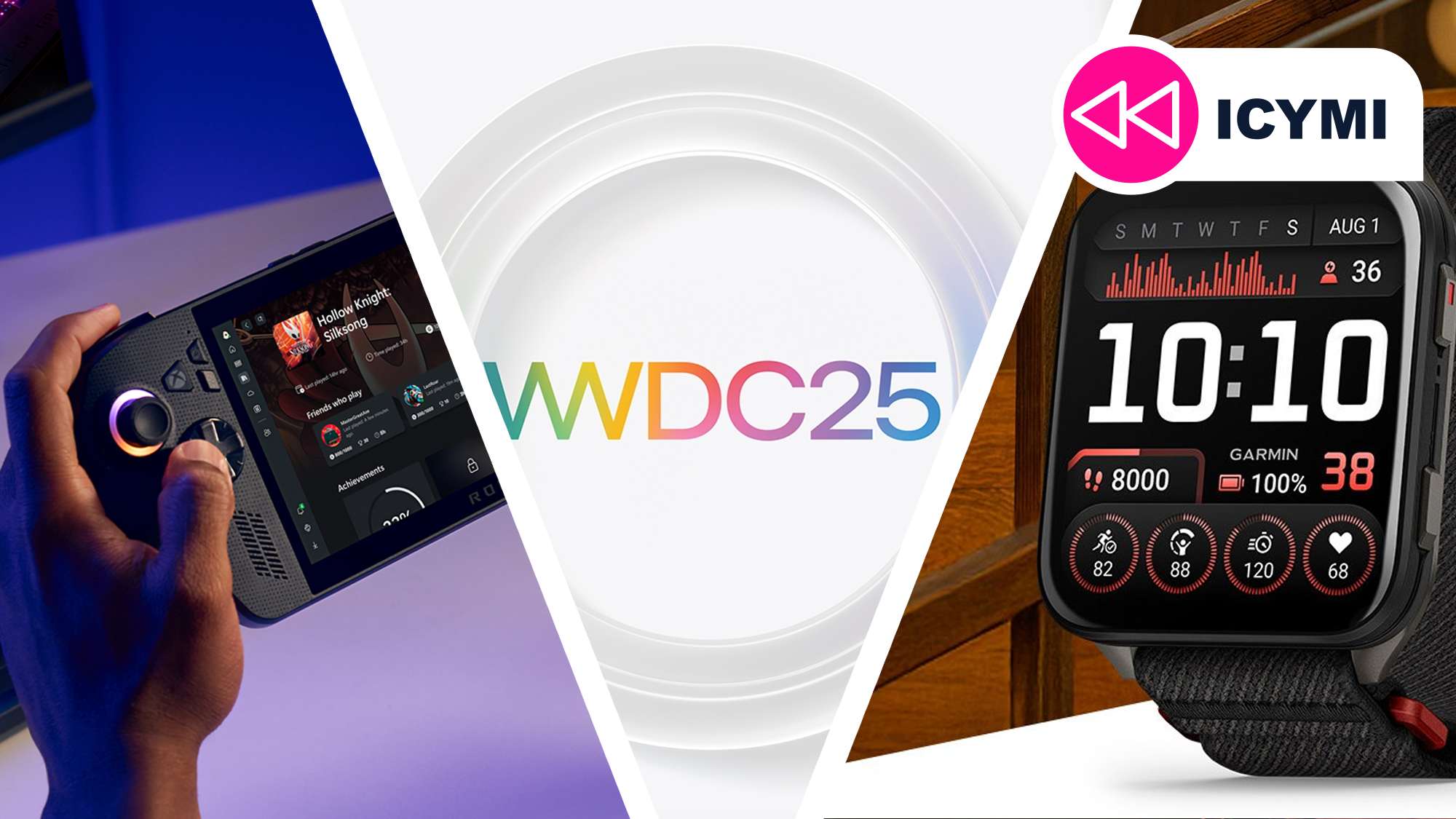






























































































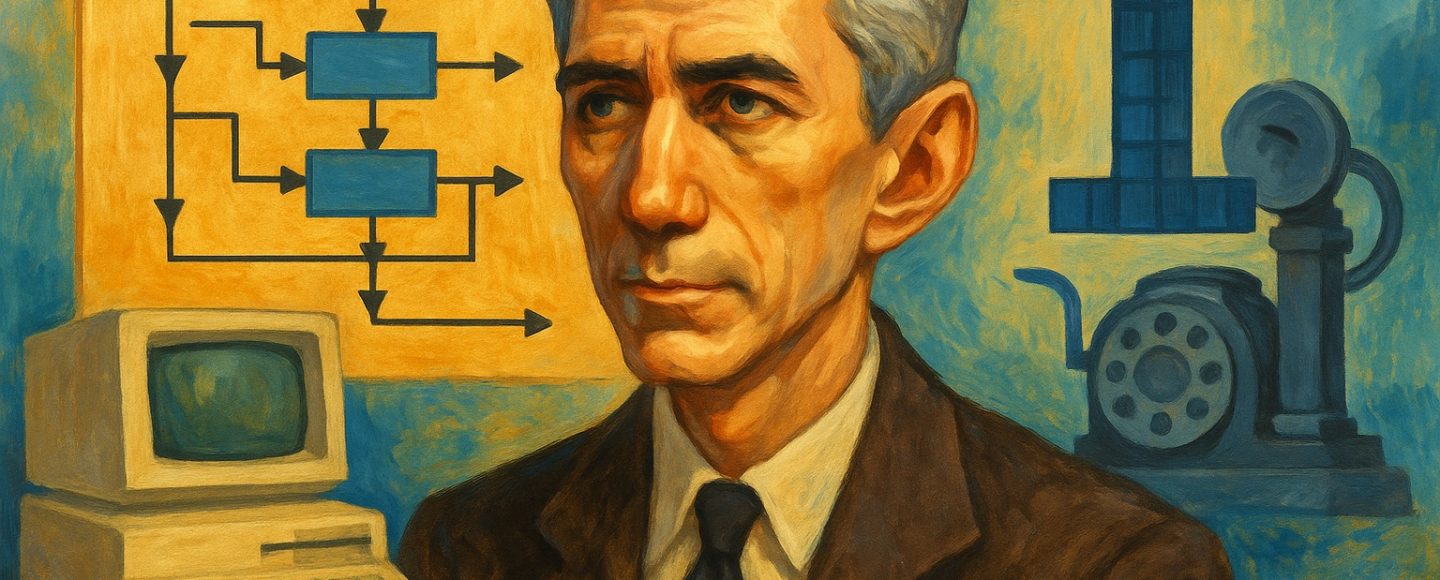
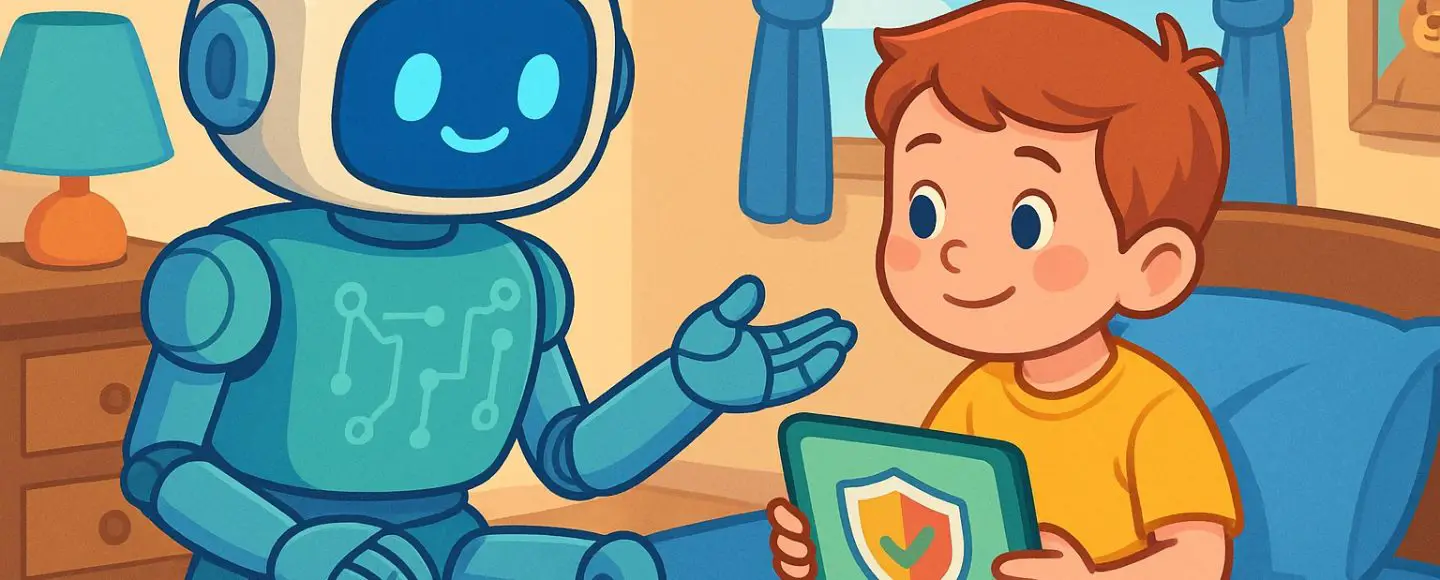























































![[The AI Show Episode 152]: ChatGPT Connectors, AI-Human Relationships, New AI Job Data, OpenAI Court-Ordered to Keep ChatGPT Logs & WPP’s Large Marketing Model](https://www.marketingaiinstitute.com/hubfs/ep%20152%20cover.png)




















































































































![[FREE EBOOKS] Natural Language Processing with Python, Microsoft 365 Copilot At Work & Four More Best Selling Titles](https://www.javacodegeeks.com/wp-content/uploads/2012/12/jcg-logo.jpg)






















































.jpg?width=1920&height=1920&fit=bounds&quality=70&format=jpg&auto=webp#)







































































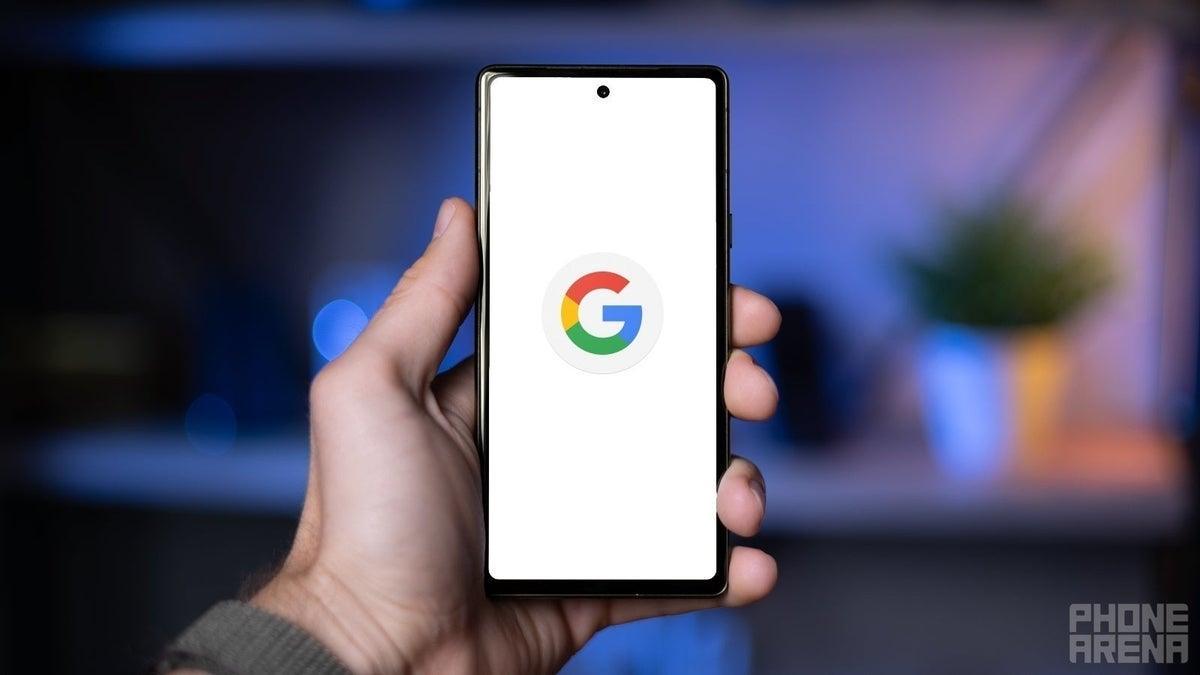
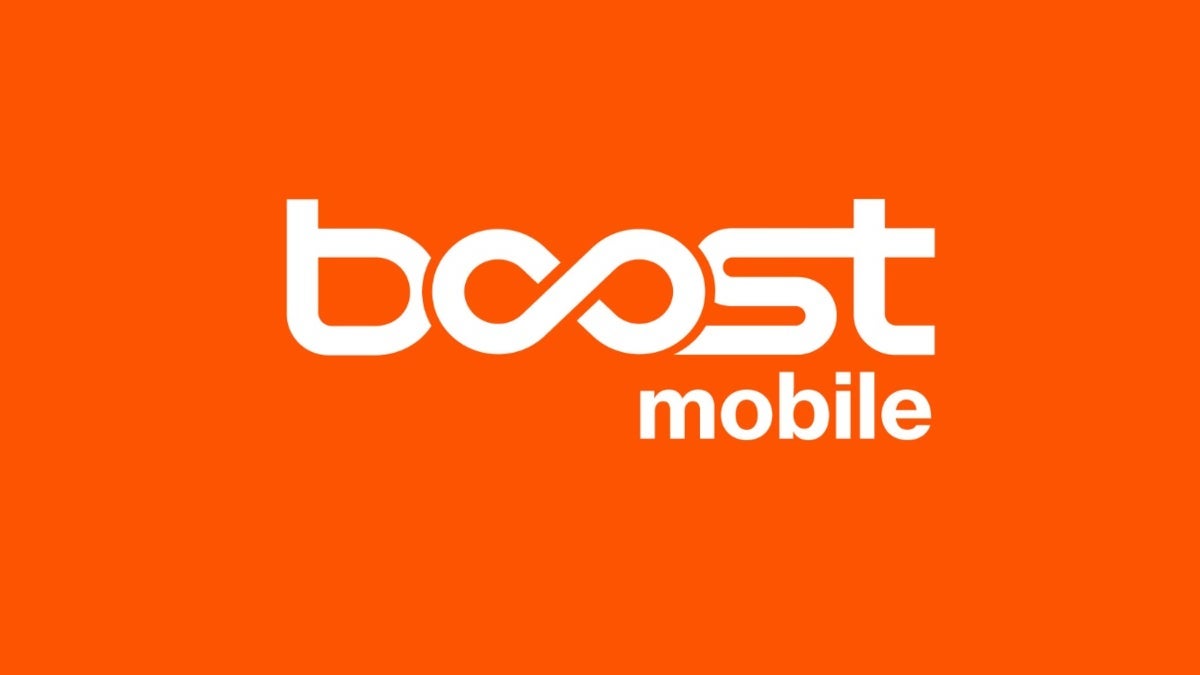











_Andreas_Prott_Alamy.jpg?width=1280&auto=webp&quality=80&disable=upscale#)

_designer491_Alamy.jpg?width=1280&auto=webp&quality=80&disable=upscale#)



















































































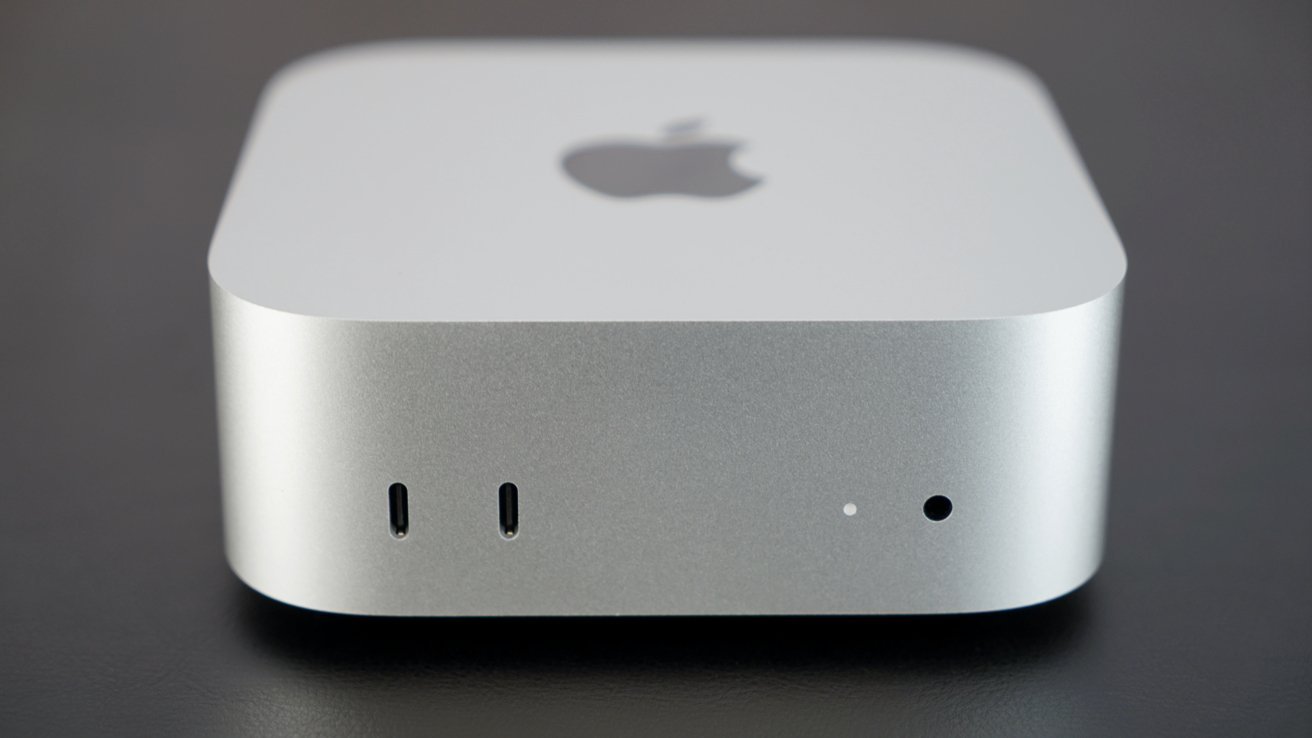



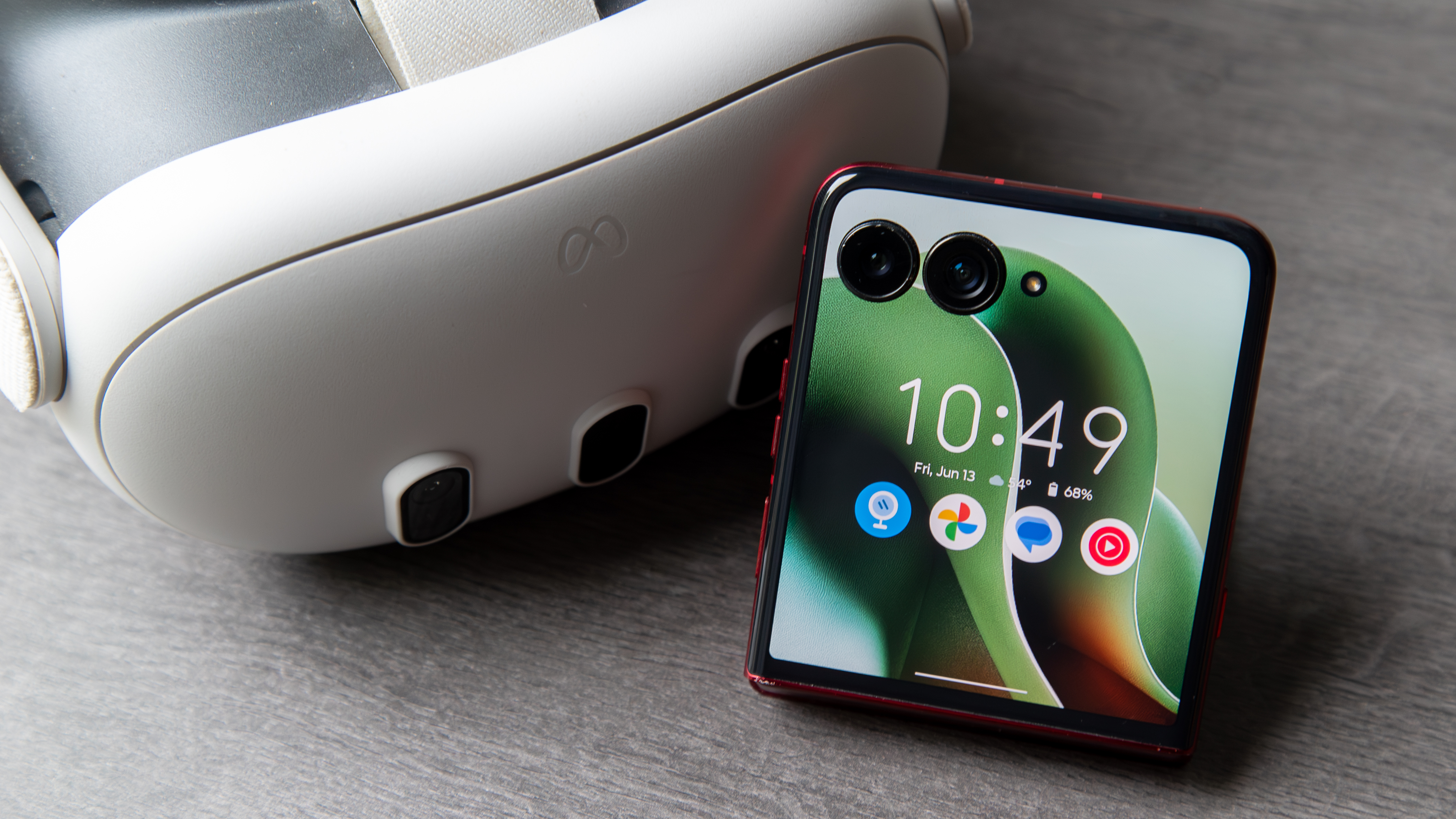
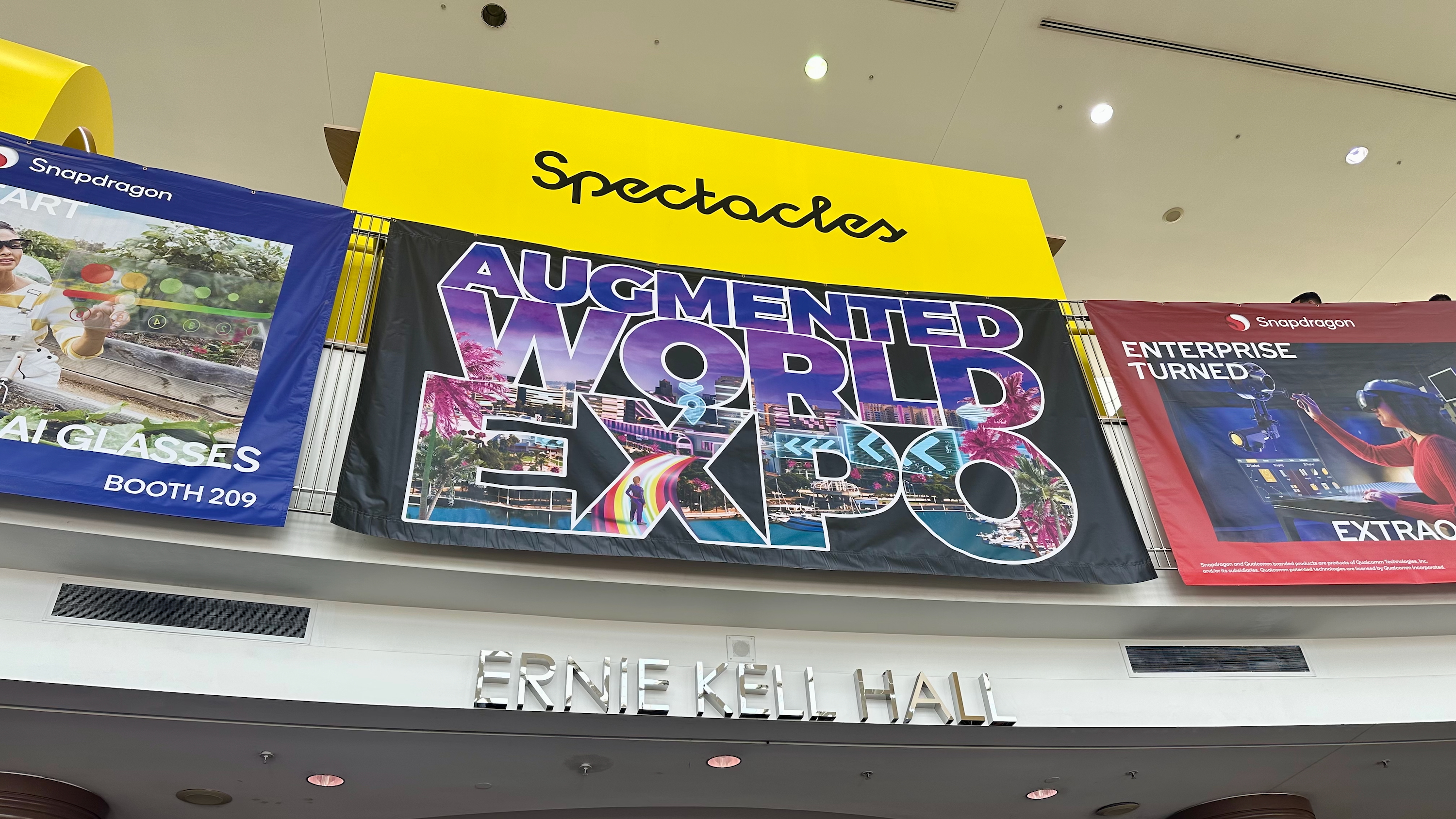

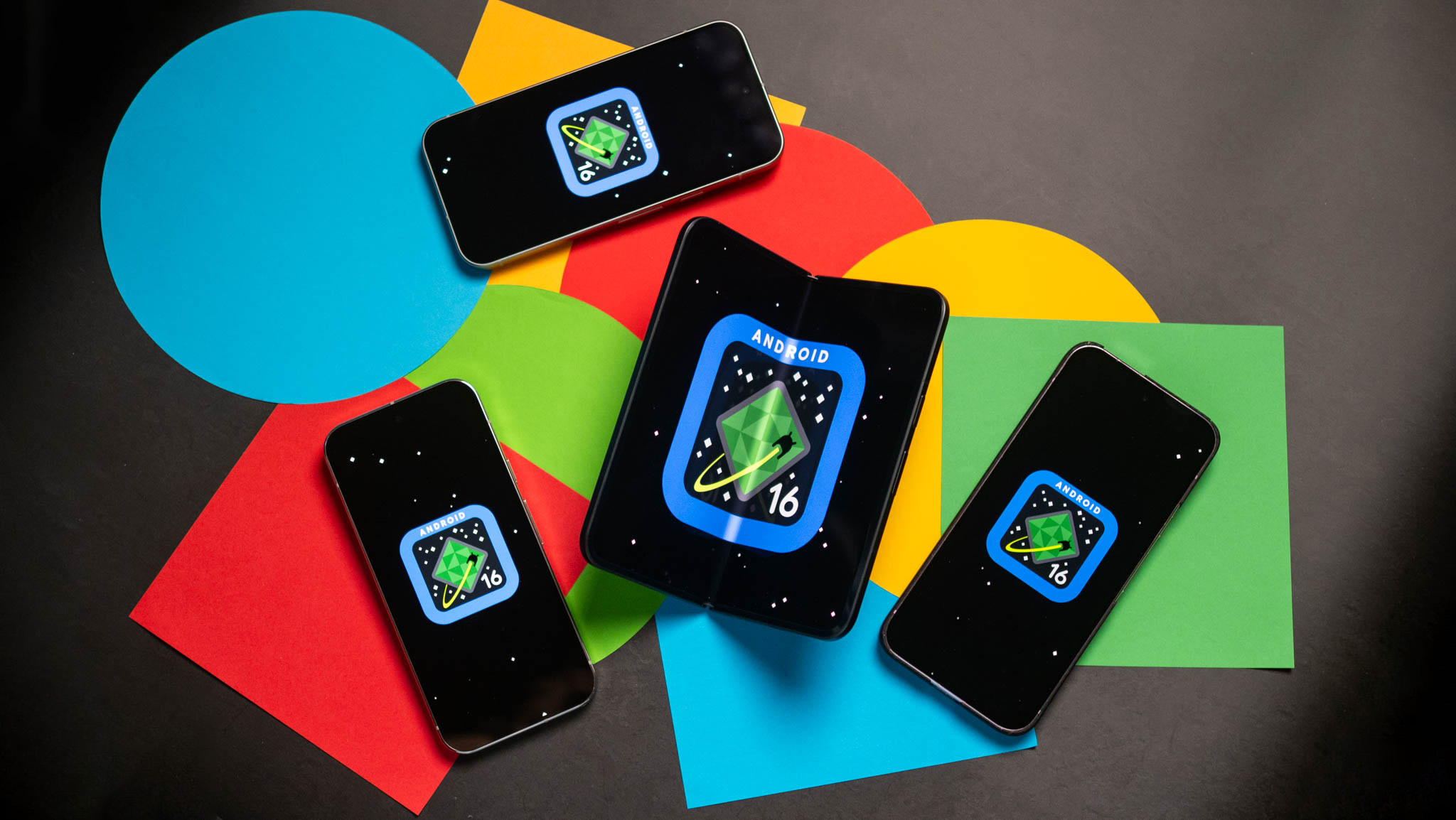

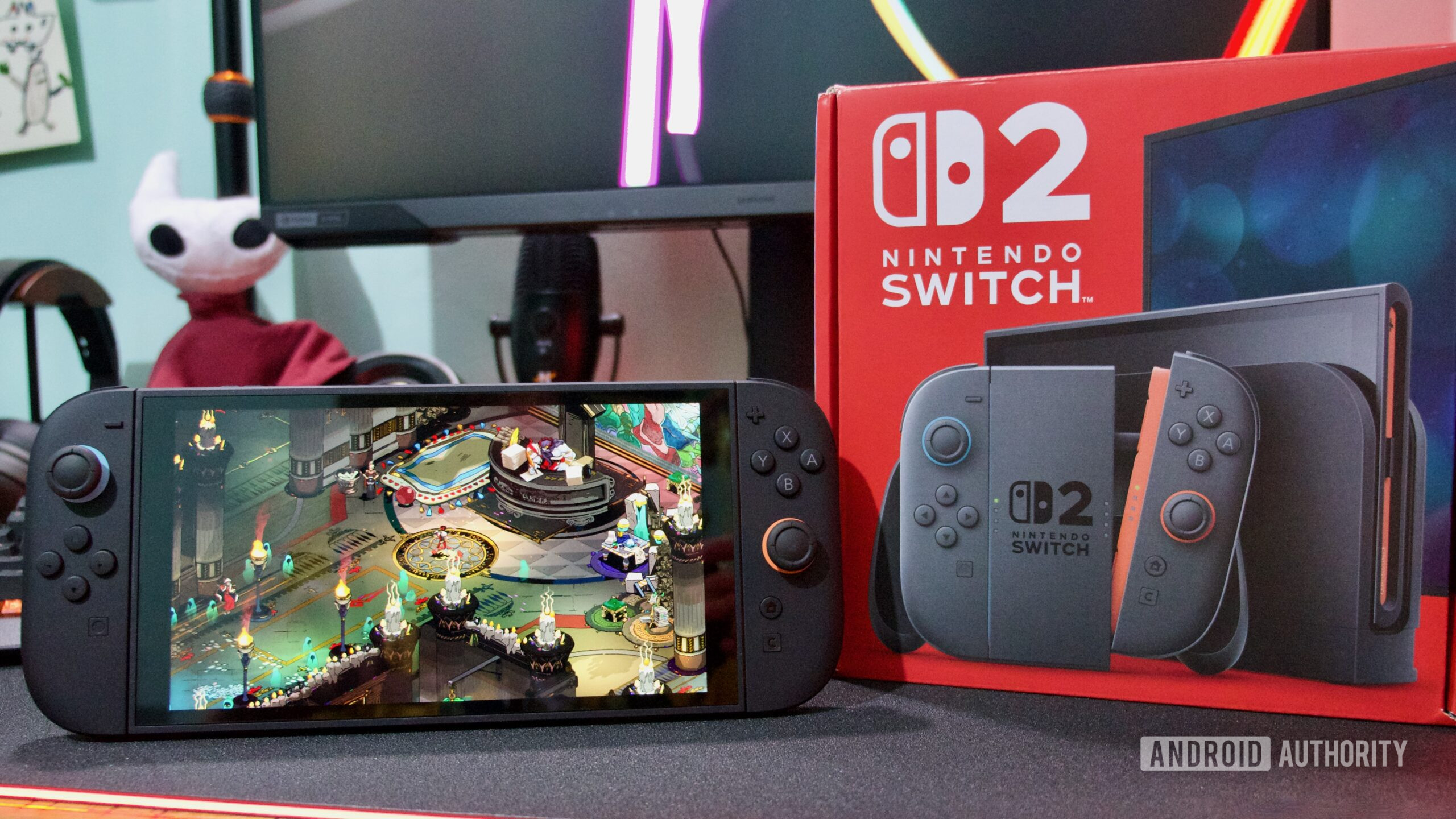

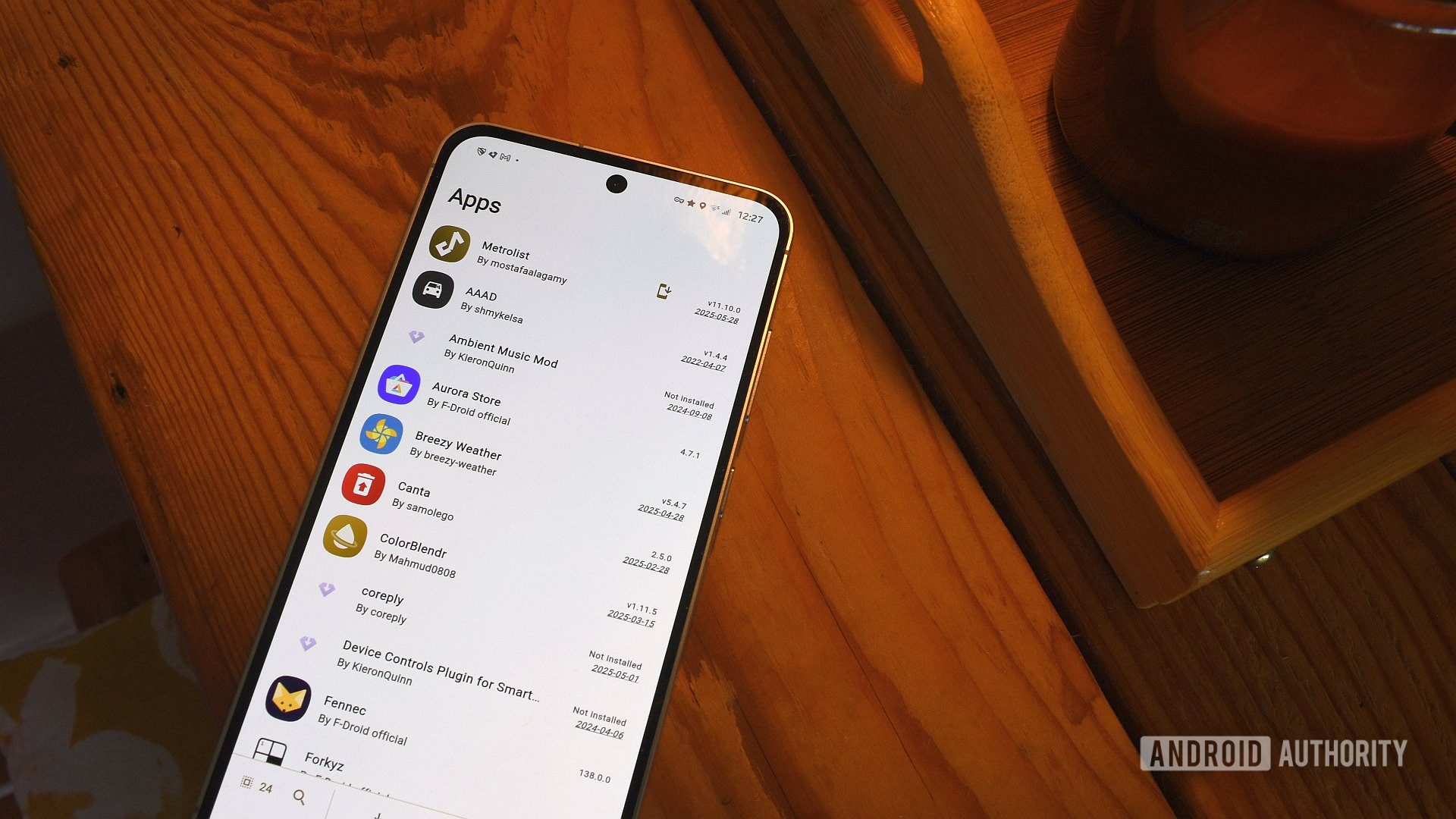




![Google Play Store not showing Android system app updates [U]](https://i0.wp.com/9to5google.com/wp-content/uploads/sites/4/2021/08/google-play-store-material-you.jpeg?resize=1200%2C628&quality=82&strip=all&ssl=1)














